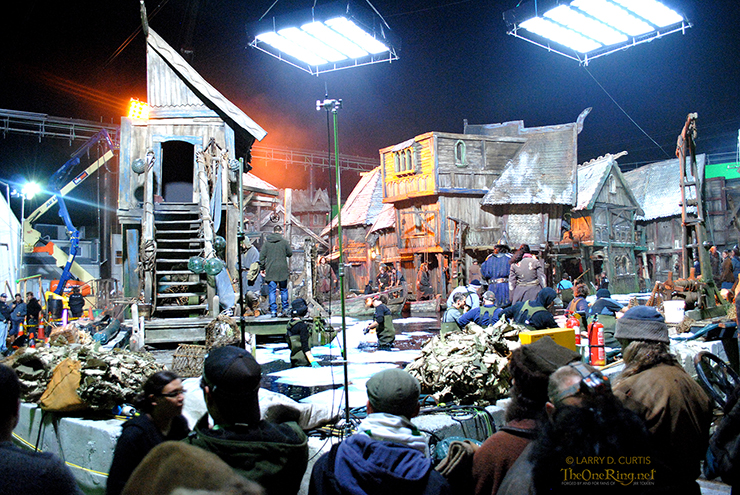
WELLINGTON — The great cities of history have risen up around rivers, lakes and on coasts. Water holds vast and replenishing stores of food, improves transportation of people and goods, encourages trade, and of course keeps a population hydrated. Paris. London. Hong Kong. New York. Tokyo. Moscow. Boston. On and on.
Lake-town benefitted from excellent transportation and presumably a wealth of fish and food and clean, fresh water but it was built on water for a different reason.
One dragon in particular: Smaug The Terrible.
Tolkien’s Lake-town, like real-world Venice, was built on wooden pillars sunk into water. The lake men — with the destruction of Dale seared forever into their memory — built on water for safety. We watched it in the prolog of “The Hobbit: An Unexpected Journey,” while they had to live with the fear of dragon every day. Water-based living provided at least a chance against the great and terrible worm if he ever attacked again.
Survival was the challenge for the city builders in Middle-earth but for Peter Jackson’s film version of Lake-town, dragon-sized demands included creating visuals to sell a water-based town to the audience and to provide a playground to let actors fully realize characters and moments. Continue reading “Set Visit Exclusive — Bringing Lake-town to Life for ‘The Hobbit: The Desolation of Smaug’”



